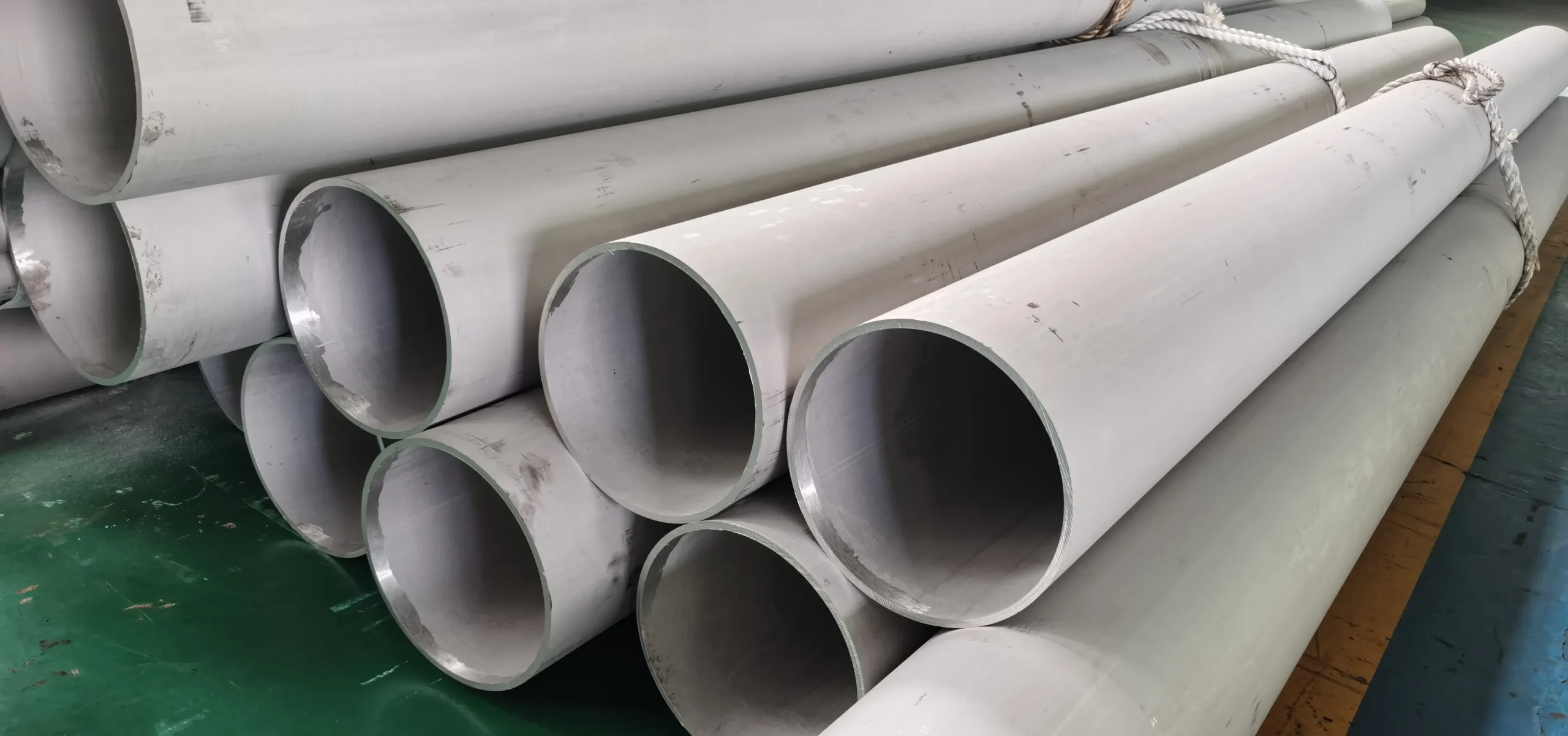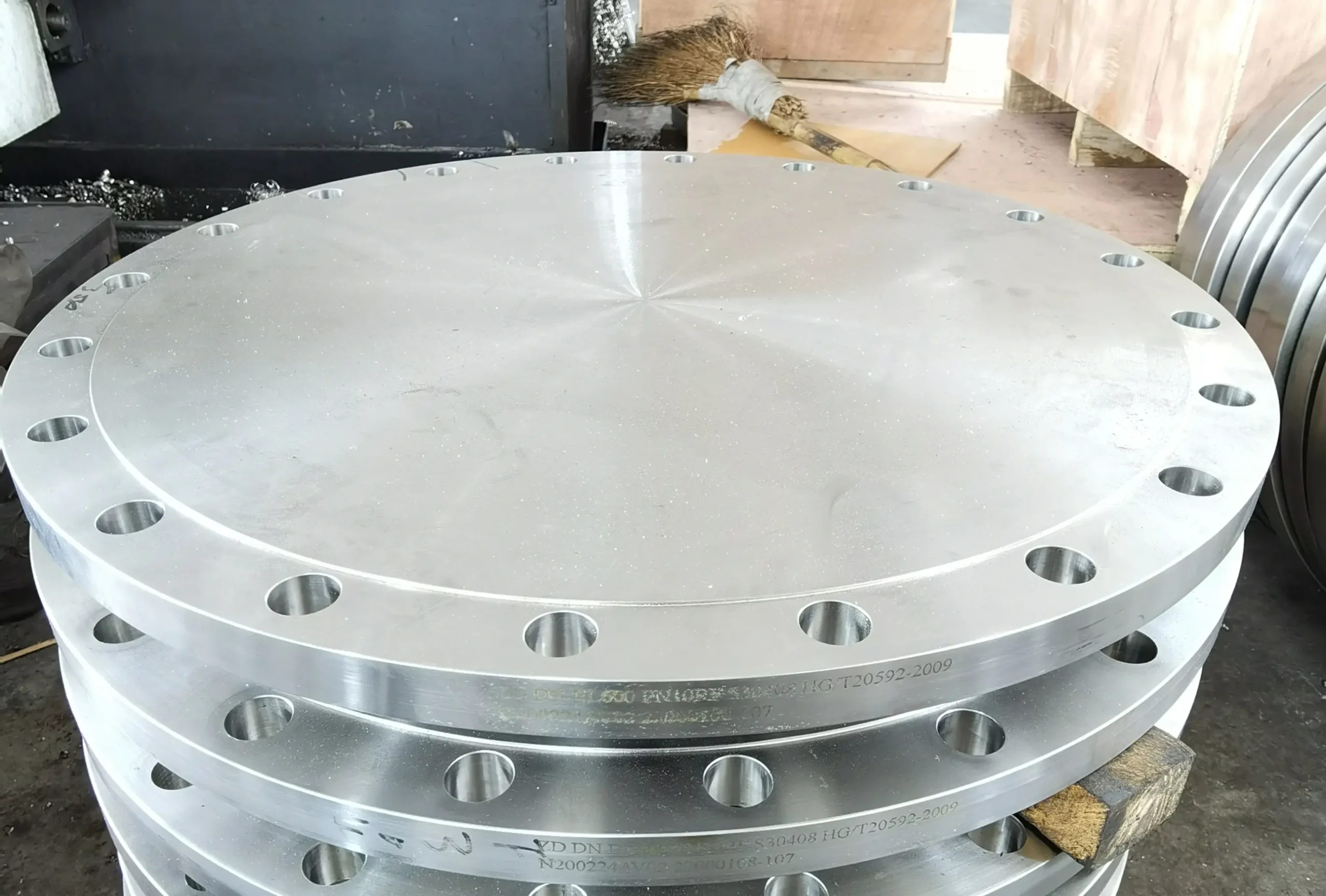Petrochemical Industry Stainless Steel Pipes is one of its applications.

Whether it is buildings, electrical appliances, vehicles, parts or even military, the dependence on stainless steel is also very high. Therefore, the classification of stainless steel is relatively complicated, such as stainless steel round pipes and rectangular stainless steel pipes according to the cross-sectional shape, some according to the craft, and also according to the weekly use.
However, there is also the most commonly used method to distinguish stainless steel, which is to classify according to the steel structure. In the petroleum and petrochemical industry, austenitic stainless steel, ferritic stainless steel and duplex stainless steel pipe and fittings are the main application proportions.
The Cr content of ferritic stainless steel is generally 13%-30%, and the C content is generally less than 0.25%. After annealing or aging, carbides are precipitated at the ferrite grain boundaries, so as to achieve corrosion resistance. The corrosion resistance of ferritic stainless steel is lower than that of austenitic stainless steel and duplex stainless steel, but higher than that of martensitic stainless steel. Because ferritic stainless steel has a lower production cost than other types of stainless steel, it is mainly used in fields that do not require high corrosion media and strength in the petrochemical industry.
The content of Cr in martensitic stainless steel is generally 13% to 17%, and the content of C is 0.1% to 0.7%. It has high strength, hardness and wear resistance, but low corrosion resistance. Martensitic stainless steel is mainly used in environments where corrosive media is not strong in the petroleum and petrochemical industry, such as components that require high toughness and impact load, such as turbine blades, bolts and other related parts.
The Cr content of austenitic stainless steel is generally 17% to 20%, the Ni content is 8% to 16%, and the C content is generally less than 0.12%. The austenite transformation zone is enlarged by adding Ni to obtain austenite at room temperature. The body structure. Compared with other stainless steels, austenitic stainless steel has excellent corrosion resistance, plasticity, toughness, processing and forming performance, welding performance, low temperature performance, etc., so it is the most widely used in various fields, and its usage accounts for about all stainless steel About 70% of the amount. In the petroleum and petrochemical industry, austenitic stainless steel has greater advantages in strong corrosive media and low temperature media, such as internal components with high corrosion resistance, especially in intergranular corrosion environments, heat exchangers/pipe fittings, and low temperature liquefaction Natural gas (LNG) transmission pipelines, urea, sulfur ammonia and other production vessels, flue gas dust removal and desulfurization equipment.
The alloy cost of duplex stainless steel is low. Duplex stainless steel has excellent corrosion resistance and higher comprehensive performance. It overcomes the weak corrosion resistance of ferritic and martensitic stainless steel, and the strength and wear resistance of austenitic stainless steel Shortcomings of insufficient. Due to its excellent performance in corrosion resistance and wear resistance, duplex petrochemical industry stainless steel pipes is mainly used in the field of oil transportation in offshore oil platforms, which can resist long-term corrosion of seawater and erosion of sand.
Stainless steel tube fittings mainly play the role of transportation channels in various fields. Whether it is China’s South-to-North Water Transfer Project or the West-East Gas Pipeline Project, stainless steel pipes are used.



